The Solution to the Energy Crisis Lays in Teaching Kids About It
Given the dire predictions of climate scientists about the effects of greenhouse gasses and global warming on the future of the planet, it is imperative that our youngest generations learn about the issue as well as the best ways to combat it. Educators of kindergarten through high school need to develop interesting and engaging lesson plans to communicate the current climate crisis as well as those innovations and technologies that are now in existence or being developed in response.
Non-Renewable Energy Sources
Teachers should ensure that any renewable energy lesson plan begins with an understanding of the non-renewable sources that make up the bulk of energy production today. Students should discuss the dangers of the inevitable depletion of these resources and the necessity of having alternatives in place. They should also become familiar with the toll that accessing and utilizing these resources is taking on the planet. Most crucially, students must comprehend the urgency of making real changes in energy production to avoid the catastrophic consequences of global warming and climate change.
Wind Energy
This is an alternative energy source that is being used widely in some states to great effect. Lessons can be built around the way that energy is derived from wind and the technology in place right now, how it functions, and how effective it is. It is useful to study the downside to wind turbines and what innovations are being developed, such as bladeless wind turbines to avoid issues of damaging the insect population through wind turbine usage.
Students can go hands-on by building models of turbines using a battery-operated toy motor and a few simple materials such as electrical wire and paper clips. Students can use the scientific method in recording the level of current they can produce. Alternatively, they could build models of a simple anemometer and learn how engineers determine wind speed to make scientific decisions about the best placement for turbines.
Solar Power
Students can learn about thermal energy and how engineers are using solar panels to use the heat of the sun to produce usable current. Here too, young people should understand that this is a technology that is already in existence and is widely used throughout the world.
The power of solar energy can be illustrated for kids in many fun hands-on experiments. Even very young children can learn to build their own solar oven and learn how a simple material like tin foil can absorb thermal energy and reflect it to cook food. Older students can make their own miniature solar panels using mini solar cells that can be purchased cheaply online. These small solar panels can be used to charge smaller batteries that can power a small toy vehicle.
Water Power
Teachers can make a history connection here by discussing the fact that the energy generated by water has been used for thousands of years, stretching all the way back to the ancient Greeks when Archimedes designed the water screw to help farmers irrigate their crops. Having students make their own Archimedes screw is a fun and simple hands-on project that will have them fully engaged.
Students could also make their own water wheel and learn how ancient farms used the energy of falling water to grind grain into flour and for a variety of other purposes. More advanced students can study modern dams and how combining a turbine with the falling water works to generate enough hydropower to serve millions of people.
Young people need to understand the dangers of non-renewable energy sources such as coal and natural gas, and to comprehend that the science to effectively replace them with renewable resources already exists. It may well be today’s youngest generations that will have to deal with the most severe consequences of pollution, greenhouse gasses and global warming, but they will also be the ones to develop the innovations to make alternative energy sources such as wind, solar and water usable for everyone.

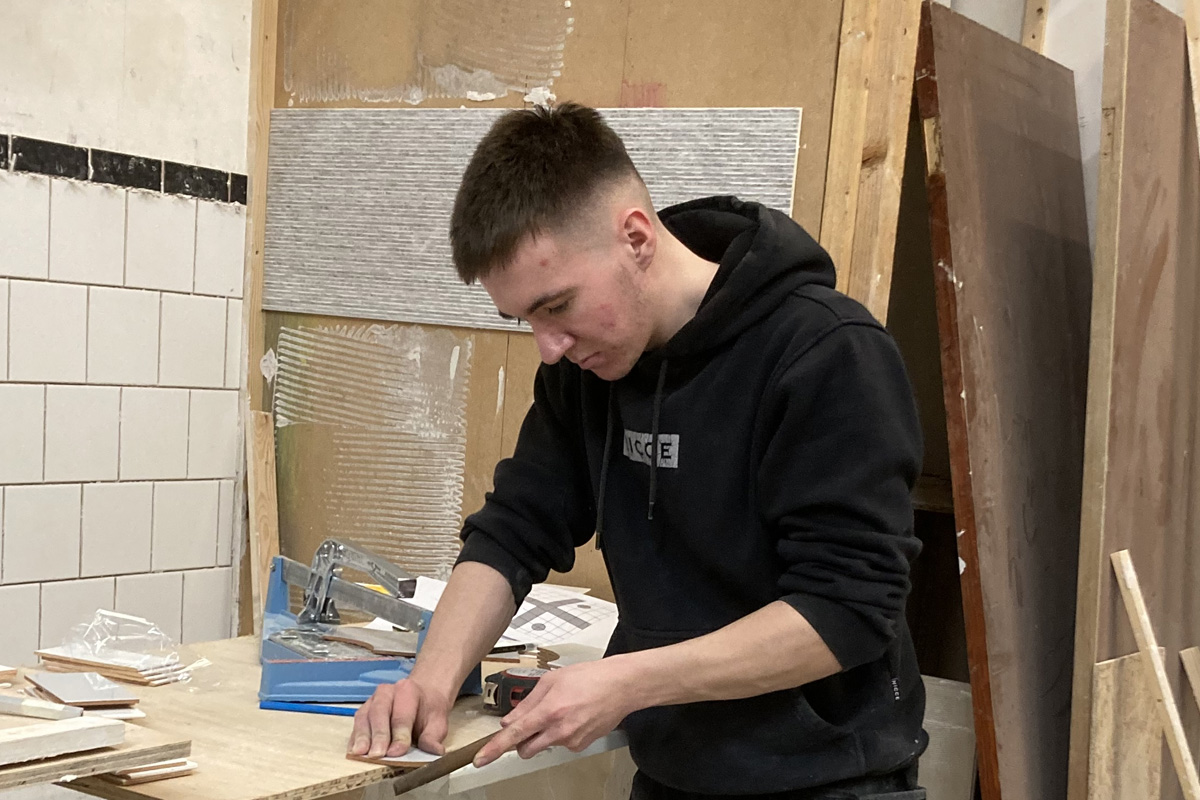


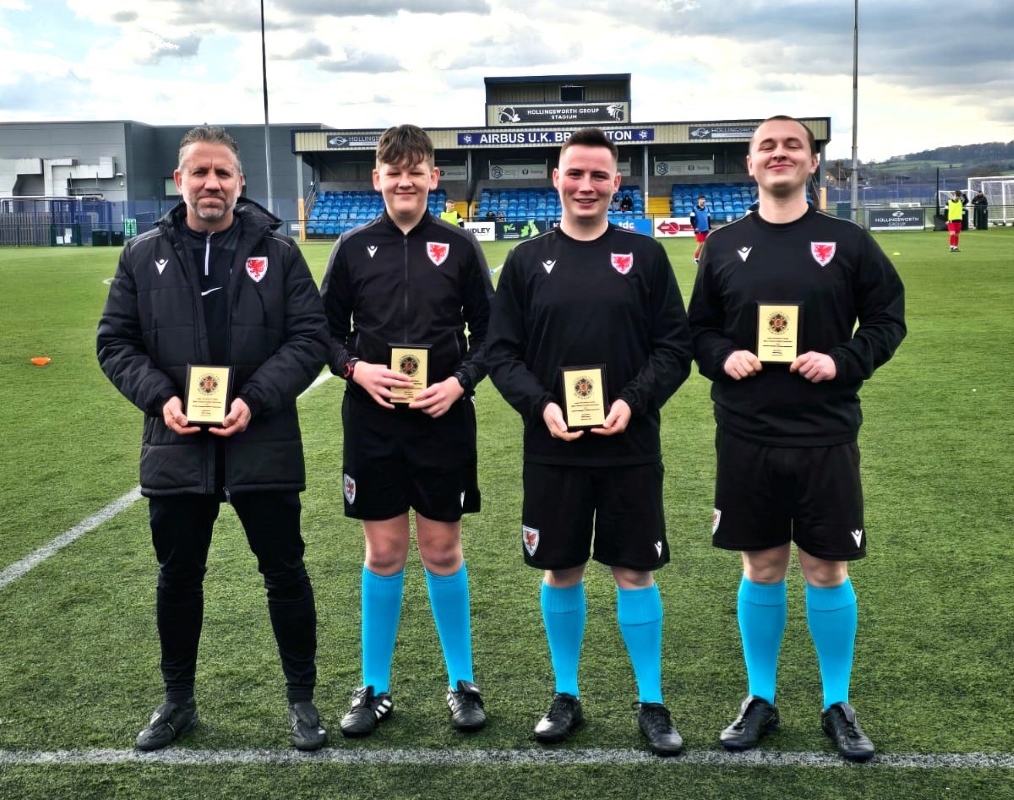
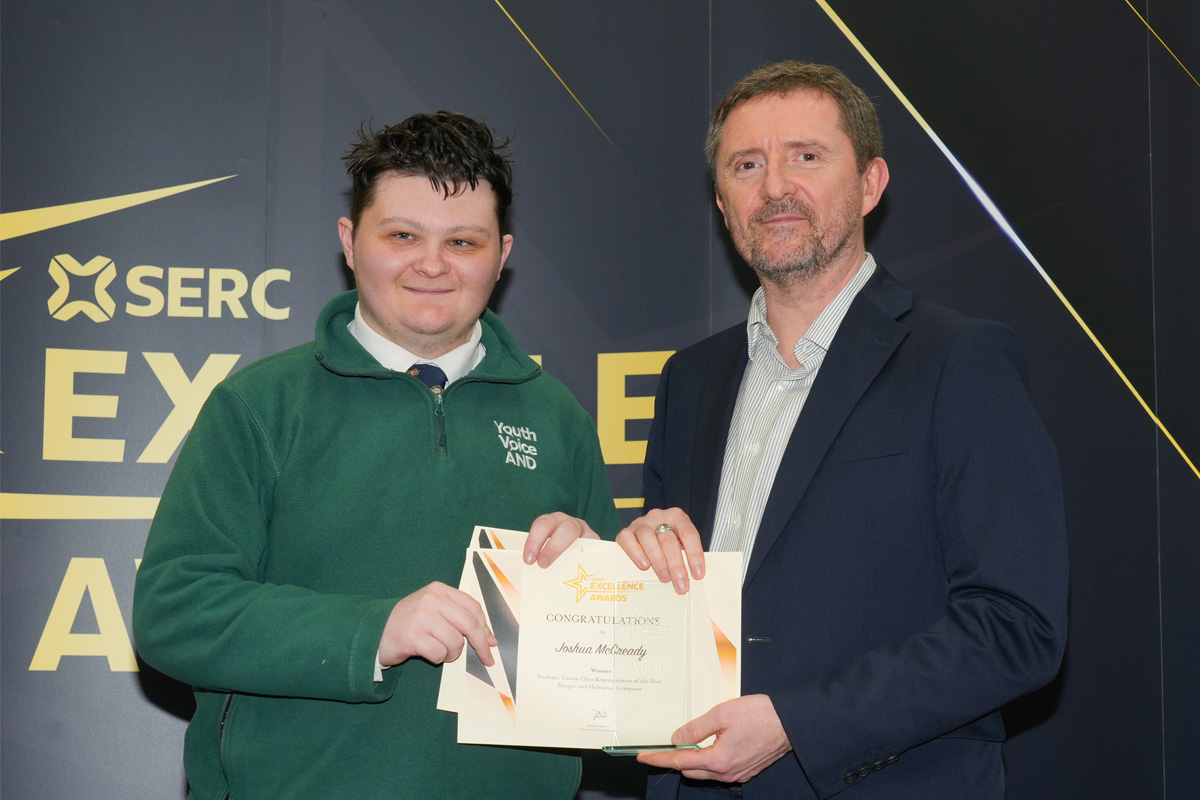
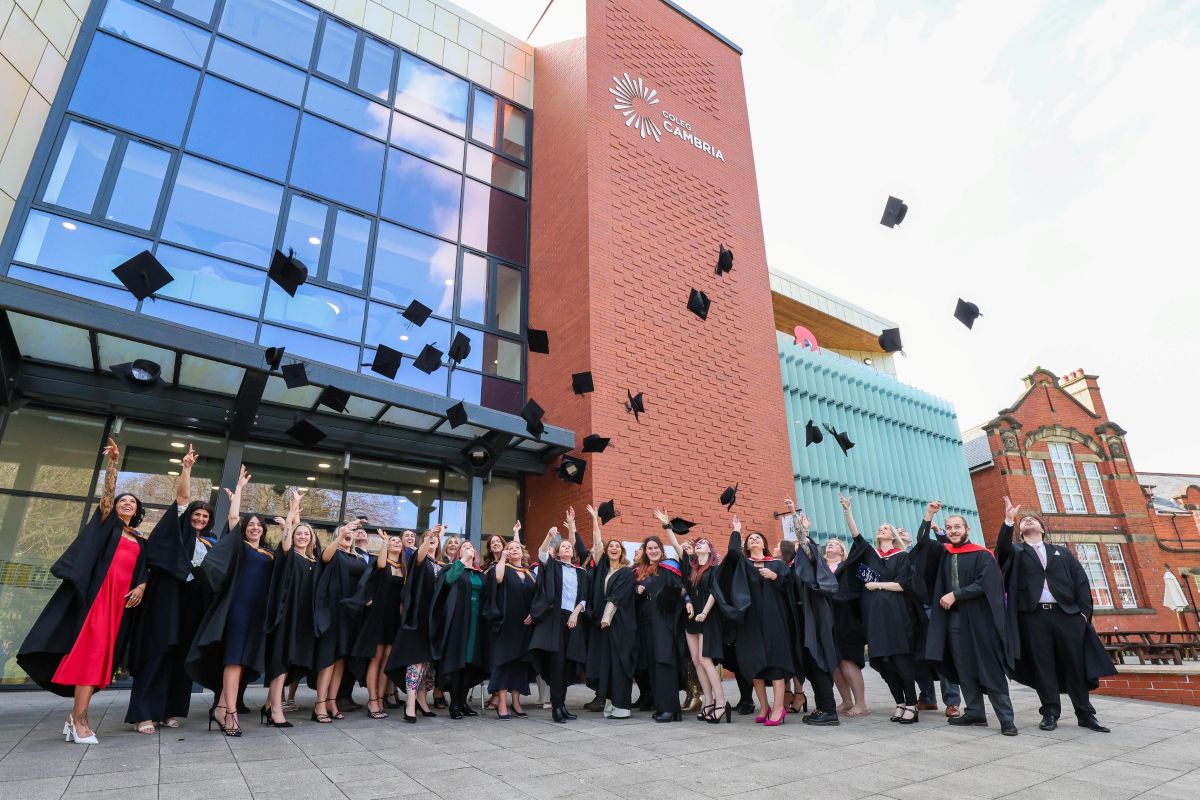
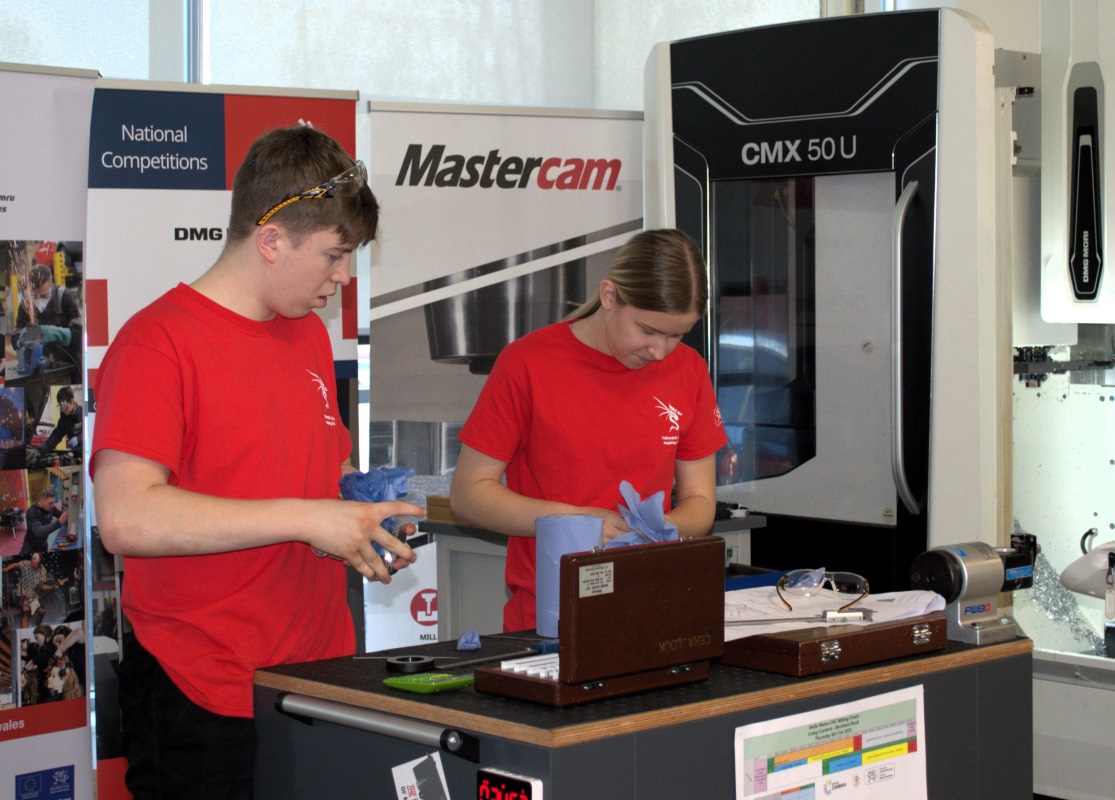
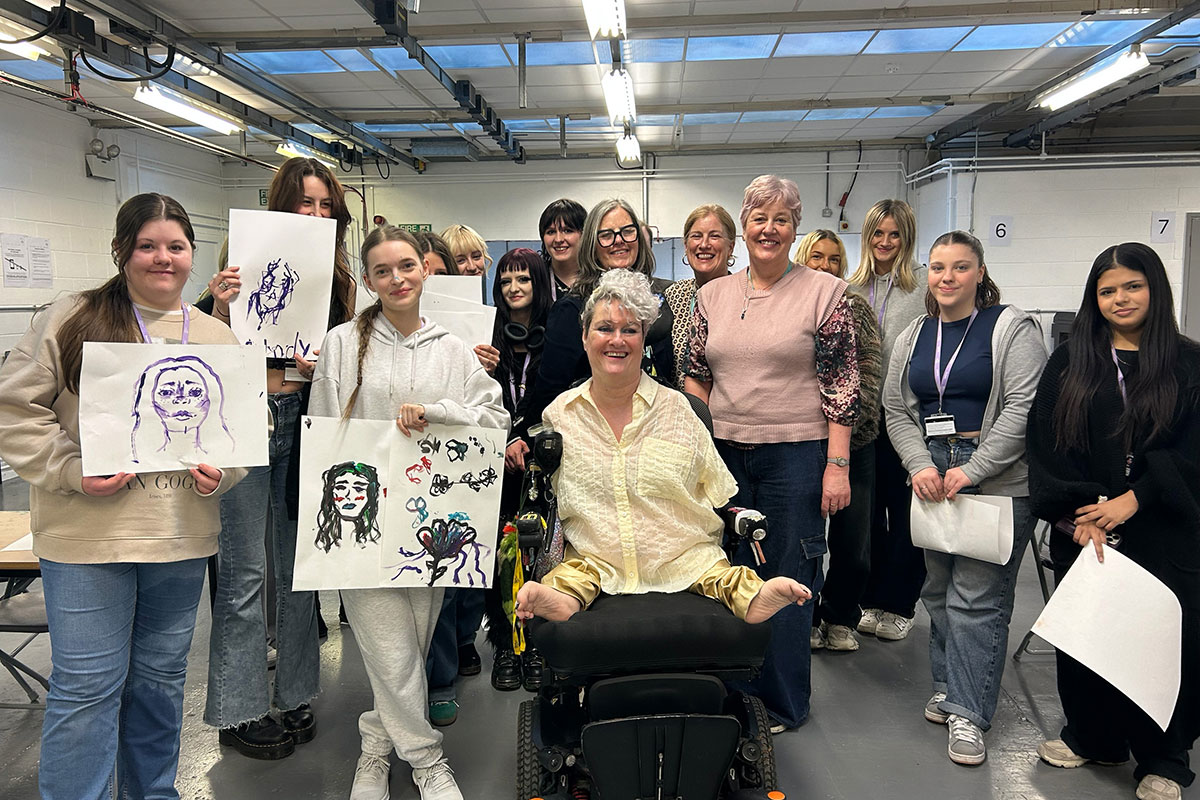
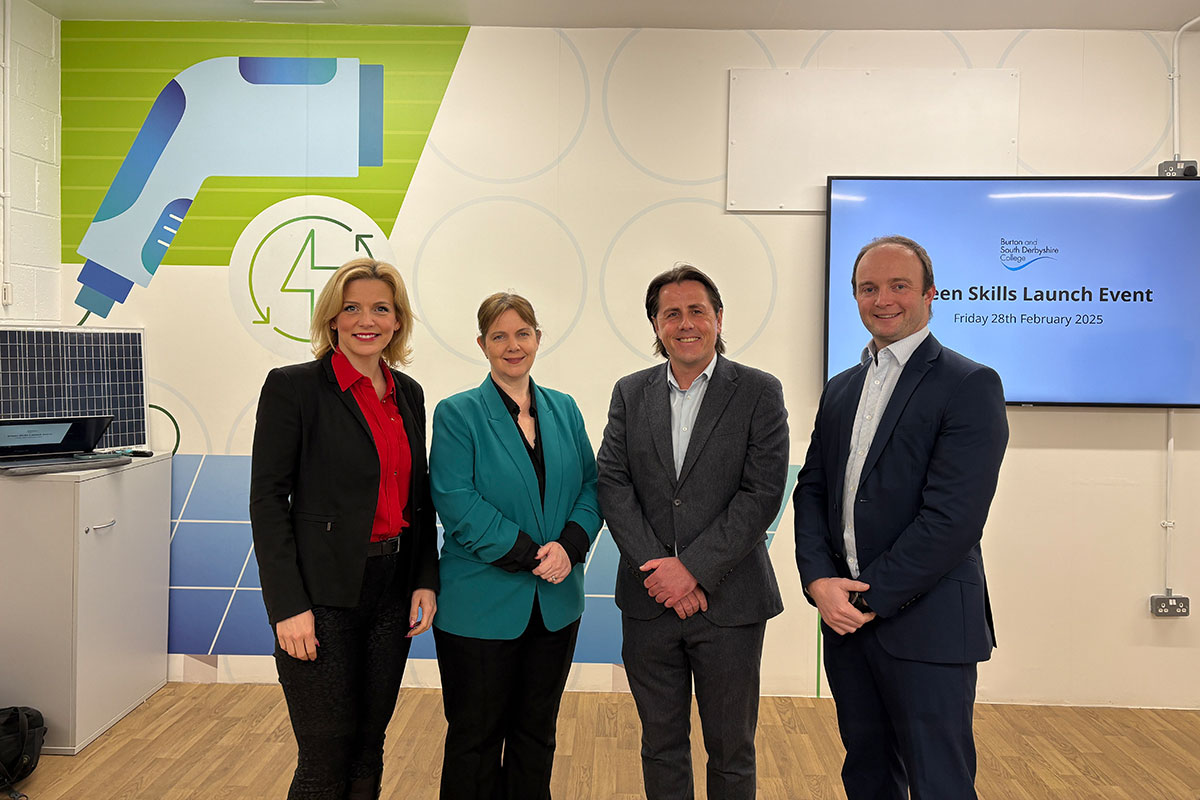

Responses